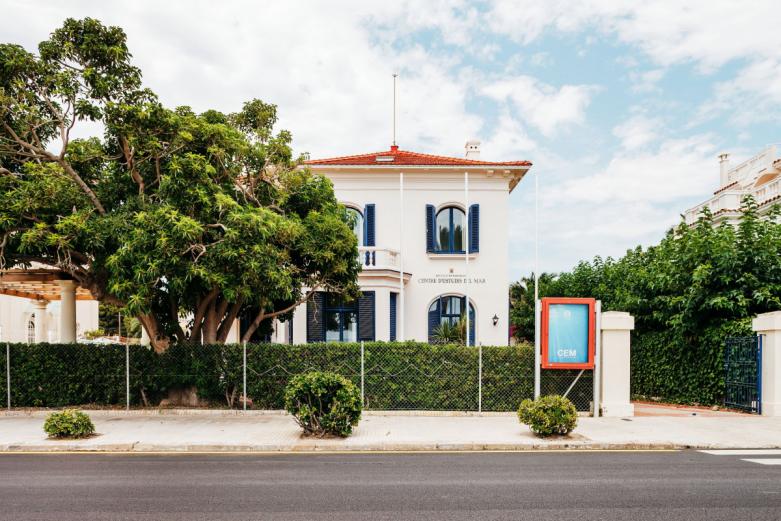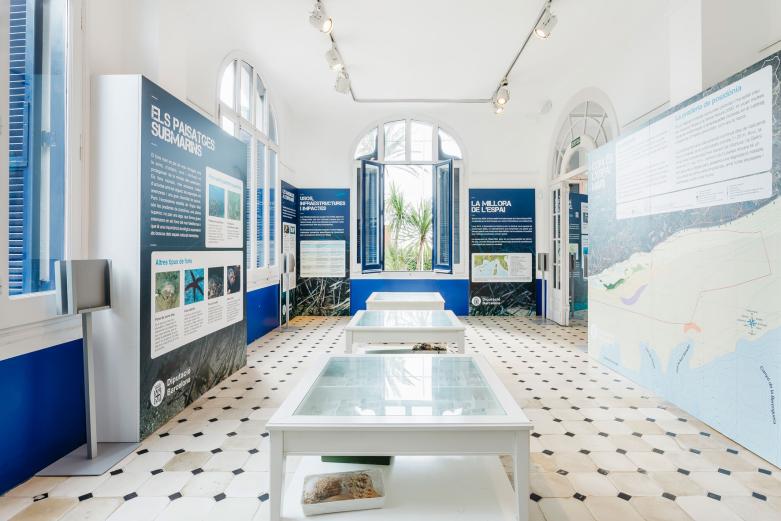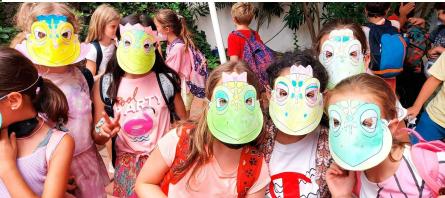Discovering the Great Treasure that is the Mediterranean with the Whole Family
There is no better way to promote the conservation and protection of a natural space than making it better known. And if you also get the little ones involved in a fun and participatory way, the result is even more powerful and has more impact -much more, in fact. That's what the Barcelona Provincial Council's Centre d'Estudis del Mar (CEM), the Center for Marine Studies, does with the Mediterranean Sea, a facility located in Sitges that has been promoting activities aimed at raising awareness of the Garraf coastline and the marine world since 1983.

The CEM's activities become especially vibrant in summer, and continue to be so throughout September, October and November. Being able to walk along the beach or snorkel and see this marine biodiversity firsthand helps to familiarize oneself a great deal with this treasure that is the Mediterranean. These walks and family dives also help to visualize the staggering amount of garbage that is in the sea...also a good way to raise awareness among future adults regarding the impact of this waste.
In addition to the educational routes along the beach or in the Colls-Miralpeix area (very nice to do in autumn), now in September and October the CEM also organizes workshops on underwater photography or wildlife illustration, besides organizing specific outings to collect garbage on the beach and promote community science projects. All these activities and others, with their schedules and registration form, can be found in detail on the organization's website.

Pau Aguiló, director of the CEM, acknowledges that these activities "often allow families to discover the biodiversity of the Mediterranean Sea and the Garraf coast, as well as the impact that climate change is having on it". In this regard, Pau remarks that the great discovery are usually the Posidonia beds, "a plant that is endemic to the Mediterranean and that is key to the entire marine ecosystem, given that it is responsible for oxygenating the environment and also acts as a natural barrier for the beaches".
Posidonia is also the star of the audiovisual presentation that is projected at the CEM headquarters along with the exhibition entitled 'Espai Marí Costes del Garraf' – ‘Garraf Coasts’ Marine Space’. In fact, this headquarters, located overlooking the sea, deserves a special mention. We are talking about a Noucentista building -built in 1929- and catalogued as 'Architectural Heritage' by the Generalitat de Catalunya, Catalonia’s autonomous government. This venue receives more than 12,000 visitors a year. It must be for a good reason, right? Well, come on, you're way overdue.

